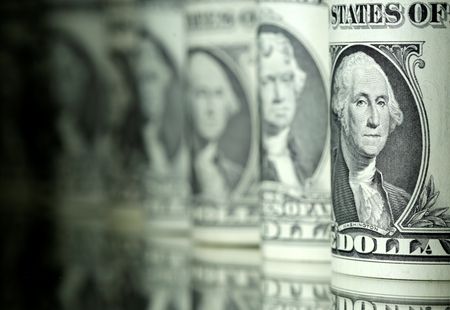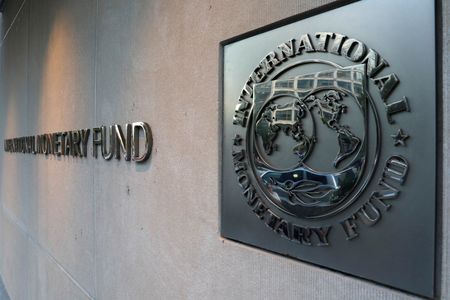By Erwin Seba
HOUSTON (Reuters) -Oil prices managed small gains on Friday but were headed for a weekly loss of nearly 3% after the IEA forecast a growing glut and U.S. President Donald Trump and Russian President Vladimir Putin agreed to meet again to discuss Ukraine.
Brent crude futures settled at $61.29 a barrel, up 23 cents, or 0.38%. U.S. West Texas Intermediate futures finished at $57.54 a barrel, up 8 cents, or 0.14%.
Trump and Putin agreed on Thursday to another summit on the war in Ukraine, to be held in the next two weeks in Hungary.
That comes on top of a cease-fire agreement ending, at least temporarily, the fighting in Gaza between Israel and Hamas.
Ukrainian President Volodymyr Zelenskiy was headed to the White House on Friday to push for more military support, including U.S.-made long-range Tomahawk missiles, while Washington pressured India and China to stop buying Russian oil.
“We’ve had the once-in-a-generation peace deal in the Middle East, Iran is neutralized and now Ukraine; an unprecedented amount of risk has come out of the market,” said Phil Flynn, senior analyst with Price Futures Group.
This week’s decline was also partly due to rising trade tensions between the U.S. and China, which added to concerns about an economic slowdown and lower energy demand.
“It just demolishes confidence,” said Jorge Montepeque, managing director at Onyx Capital Group, who expects the U.S. economy will quickly be affected.
On Friday, a fire overnight at BP Plc’s Whiting, Indiana, refinery was expected to affect only the Midwest market, Flynn said.
Patrick DeHaan, head of petroleum analysis for GasBuddy, said the market around the Great Lakes was expected to jump.
“Great Lakes spot gasoline prices spiking on the BP refinery fire overnight, could lead to prices cycling soon,” DeHaan posted on X. “For now, wholesale prices pointing to about a 20 cent a gallon rise.”
Limiting crude prices was the International Energy Agency’s outlook for a growing supply glut in 2026. The U.S. Energy Information Administration said on Thursday that U.S. crude inventories increased by 3.5 million barrels last week, to 423.8 million barrels, compared with analysts’ expectations in a Reuters poll for a 288,000-barrel rise.
The bigger-than-expected build in crude inventory was largely due to lower refining utilization as refineries go into autumn turnarounds. [EIA/S]
The data also showed a rise in U.S. production to 13.636 million barrels per day, the highest on record.
(Reporting by Erwin Seba in Houston, Anna Hirtenstein and Robert Harvey in London. Additional reporting by Nicole Jao in New York and Colleen Howe in Beijing; Editing by Louise Heavens, Chris Reese and Edmund Klamann)











